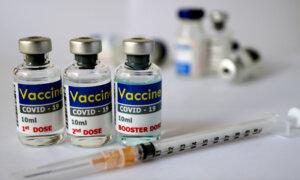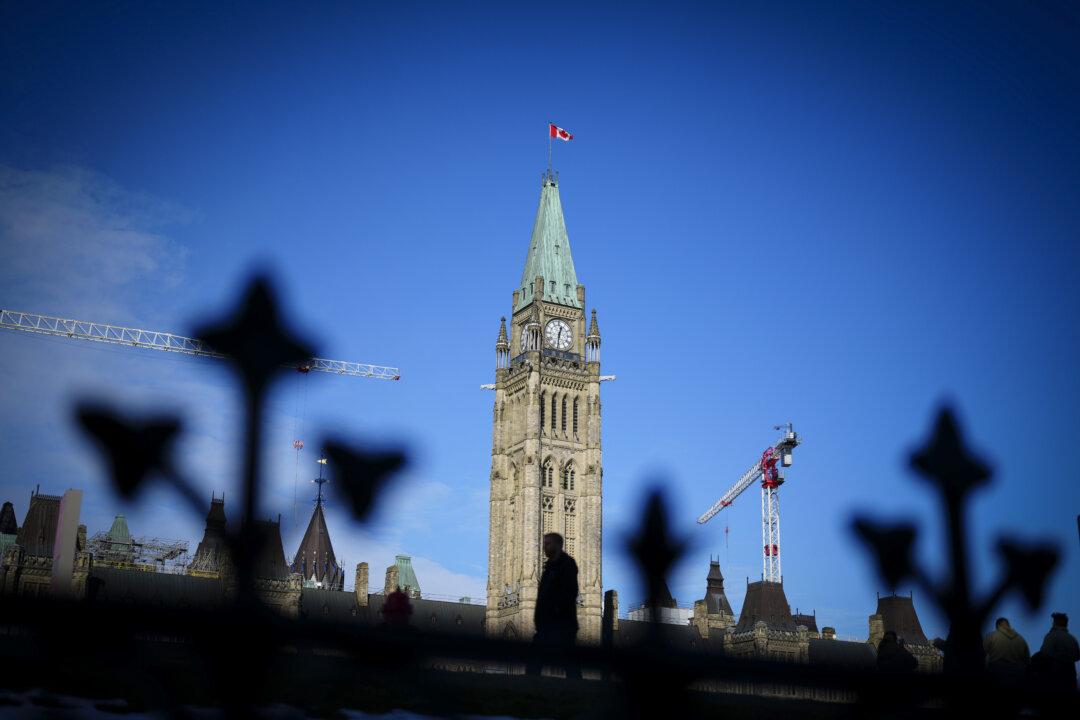The new plan will include scalable and dynamic monitoring of COVID-19 with flu and respiratory syncytial virus.
The Australian government has released a national plan to monitor COVID-19, flu, and respiratory syncytial virus (RSV), to enhance authorities’ ability to respond effectively to these viral respiratory diseases.
The national plan (pdf) will establish a framework for the collection, analysis, and reporting of data related to these three pathogens.
Following the COVID-19 pandemic, the government recognised the need to develop cost-effective and scalable surveillance systems capable of responding to evolving disease dynamics.
Prior to the release of the national plan, reporting for COVID-19 and influenza was conducted separately with different schedules and formats.
Under the new approach, the Australian Respiratory Surveillance Report will replace some discontinued reports and integrate surveillance and epidemiological data on respiratory infections in the country.
“Integrating respiratory virus surveillance for COVID-19, influenza, RSV, and other non-notifiable viral respiratory infections will further enhance Australia’s ability to understand, manage, and mitigate the impact of viral respiratory diseases on Australia’s population and healthcare system,” the national plan reads.
Responsibility for the development and maintenance of this plan lies with the Interim Australian Centre for Disease Control, the Communicable Diseases Network Australia, and its subsidiary, the National Influenza Surveillance Committee.
Additionally, organisations such as the Public Health Laboratory Network and the Australian Health Protection Principal Committee, also have a role in developing and reviewing new iterations of the national surveillance plan.
The national plan has five surveillance goals, including monitoring the trends in the cases of the three respiratory diseases, community activities, morbidity and mortality, the impact of the three diseases on the health system, and the uptake and effectiveness of interventions.
Authorities will rely on multiple sources of surveillance data, including the systems based in the community, primary care, hospitals, and laboratories, as well as notifiable disease data, to have a more comprehensive picture of the development of the diseases.
“All data sources have strengths and limitations, so they need to be used in combination to provide comprehensive information for public health decision-making,” the national plan reads.
With the new approach, authorities will prioritise monitoring groups with higher risks of contracting COVID-19, influenza, and RSV infection, such as infants and young children, older Australians and aged care facility residents, people with serious health conditions and a disability, and Aboriginal and Torres Strait Islander people.
Over 100,000 COVID-19 Cases Reported in Past Year
Over the past year, the latest Australian Respiratory Surveillance Report (pdf) indicates that 100,370 COVID-19 cases were reported in the 12 months to April 2024, signifying a notable drop in cases compared to previous years.
In addition, between March 25 and April 7, there were 8,614 COVID-19 notifications with a diagnosis in Australia, down from 9,864 in the previous fortnight.
Despite the reduction in COVID-19 cases, the report cautions against premature optimism due to a decline in case ascertainment and reporting in all jurisdictions, including changes in testing and collection of self-reported rapid antigen test results.
From the beginning of the COVID-19 pandemic (Jan 1, 2020) to April 2024, over 11.8 million cases have been notified, with 98 percent of these cases occurring after the emergence of the Omicron variant.
People aged 70 years or over had the highest rate of COVID-19, followed by children between zero and four years old.














 English (US) ·
English (US) ·  Turkish (TR) ·
Turkish (TR) ·